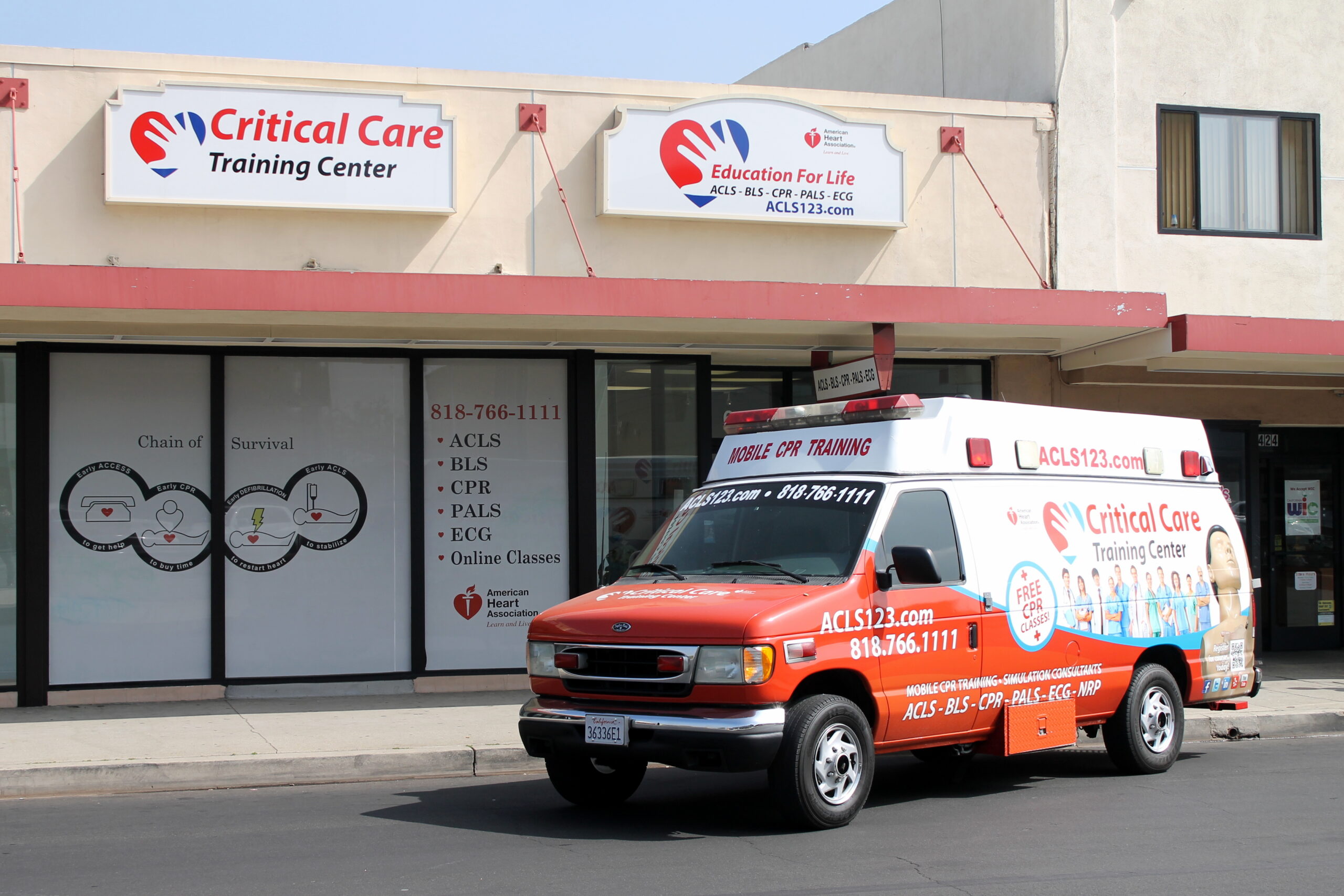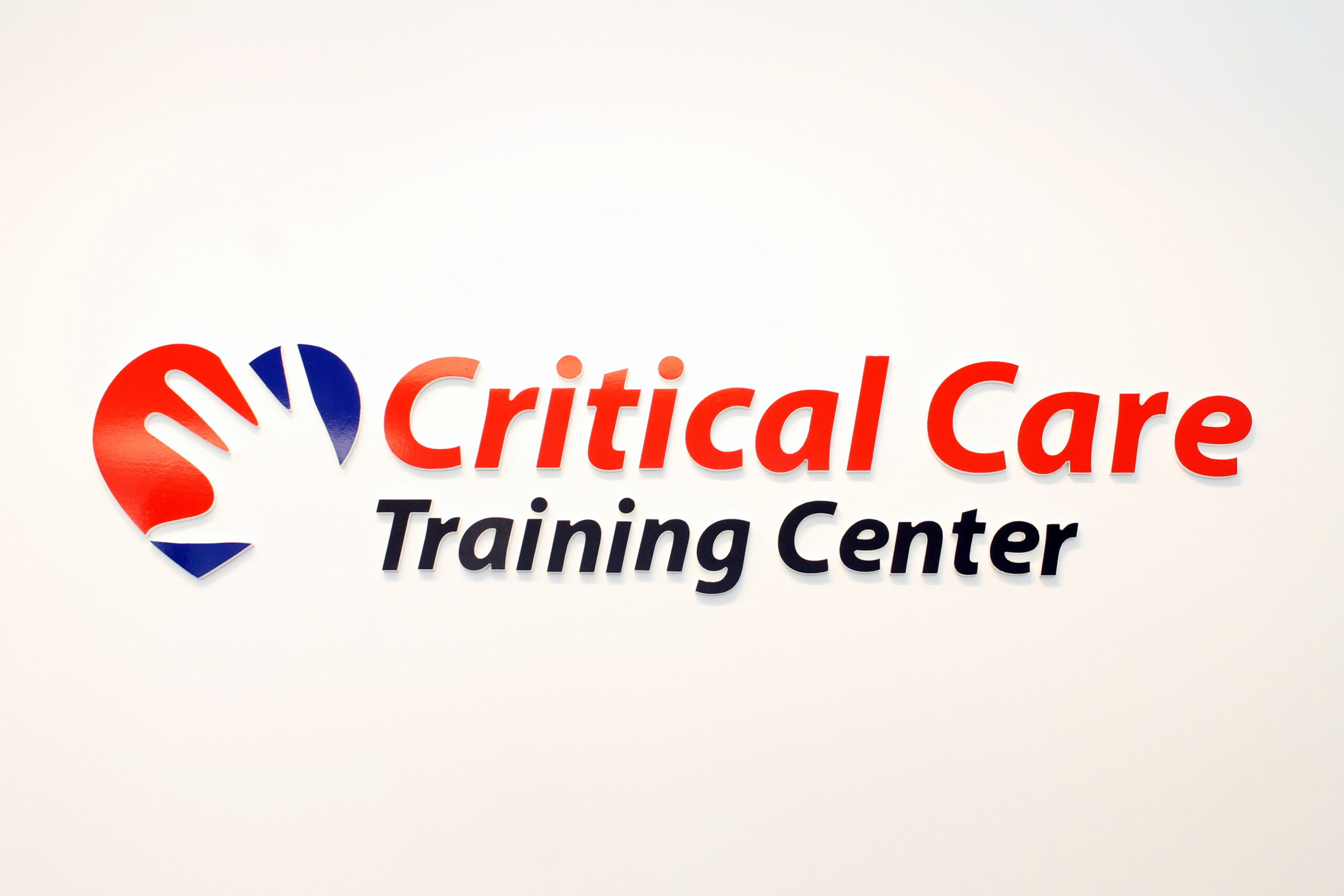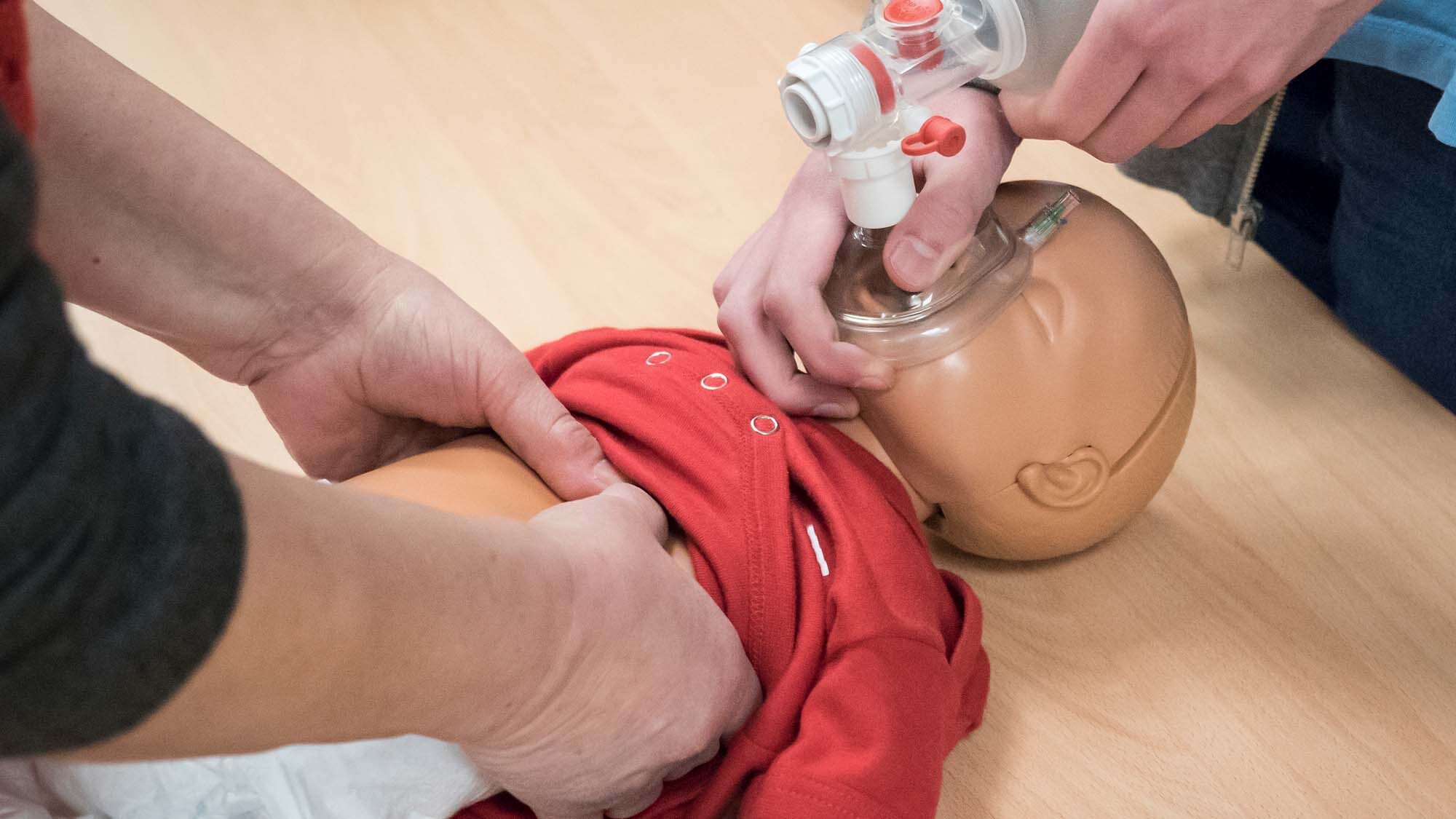Essay by: ISP080
No matter a person’s age or background, everyday individuals can experience a life threatening event such as cardiac arrest. The importance of AEDs cannot be underestimated in these situations. With an AED one’s life can be saved. For this reason, AEDs are extremely important. Unfortunately, AEDs are electronic machines and hence can result in malfunctioning. I believe AEDs should be placed in public areas which they can be monitored and maintained.
In the case that an individual suffers from cardiac arrest, the AED is connected to the patient through two sticky pads. From my BLS CPR classes, I have learned that it is important for the sticky pads to make direct contact with the skin. Therefore, the rescuer must first check for a wet or hairy chest. If the chest is wet, then it must be dried. If the chest is hairy, then one can apply the pads and quickly tear them off to remove the hair or use a shaver if provided in the AED case. Additionally, the rescuer needs to check for an implanted defibrillator or other metal objects such as body piercings. There are also sticky pads for adults and children up to age eight. If only adult pads are available then the rescuer can use the adult pads. One is placed by the patient’s upper right chest and the other is placed just below the left breast. The device first analyzes the patient’s heart rate and will then advise for a shock if the patient’s heart is not pumping and only quivering. Some AEDs will automatically shock the patient and other AEDs will only deliver a shock after the rescuer pushes the shock button. The rescuers must be clear of the patient when the shock is administered. If all goes well, then the patient’s normal heart rhythm will be restored.
AEDs are extremely important as without them during cardiac arrest a patient’s heart will undergo ventricular fibrillation and will not pump blood. Time is precious and administration of the AEDs shock is critical for survival. First, one must call 911 and while one rescuer is getting the AED ready, the other rescuer should be giving CPR. Even after just five minutes from collapse to defibrillation, the likelihood of survival decreases significantly. For this reason, the importance of having easy to locate and easily accessible AEDs is especially vital.
Although AEDs are designed to be easy to use, I believe that in the event of a crisis even doing simple tasks can be difficult. For this reason, everyone should be required to obtain some training regards CPR and AED operation. Different brands of AEDs can have different prompts so it is important for rescuers know the basic set up and operation. Minimally one should know the following: power on, attach, clear, analyze, shock.
Other challenges with using AEDs can surface when they are not properly maintained. Often, AEDs are left for several years, but must always be ready for immediate use. The AEDs can, for example, have damaged cables, missing parts such as no pads provided, display error messages, not power on, provide no shocks, be hard to read outdoors, and faulty circuits. The AEDs should be routinely checked just as are fire extinguishers. With such an important task to save lives, there should be high standards for every AED manufactured.
The life threatening condition of cardiac arrest can occur at any time. AEDs can mean the difference between life and death. AEDs need to be available in public places, training should be given to everyone regardless of their career pathway, and AEDs need to be maintained.









